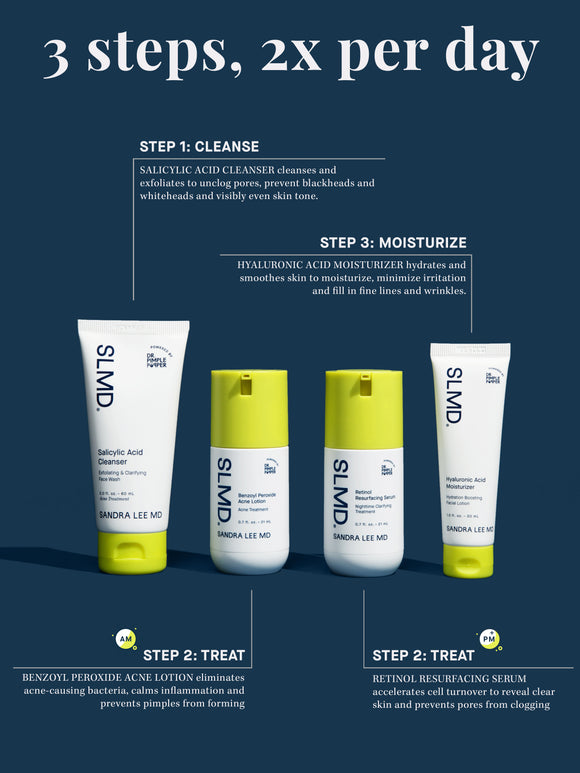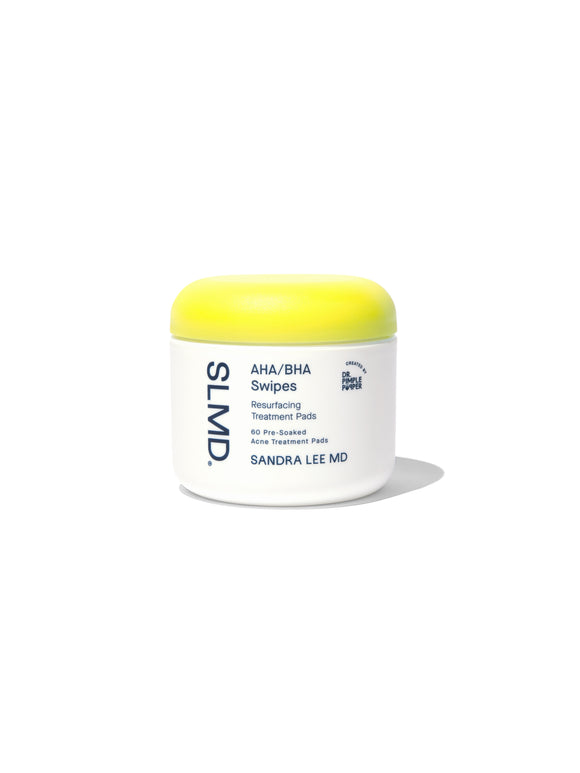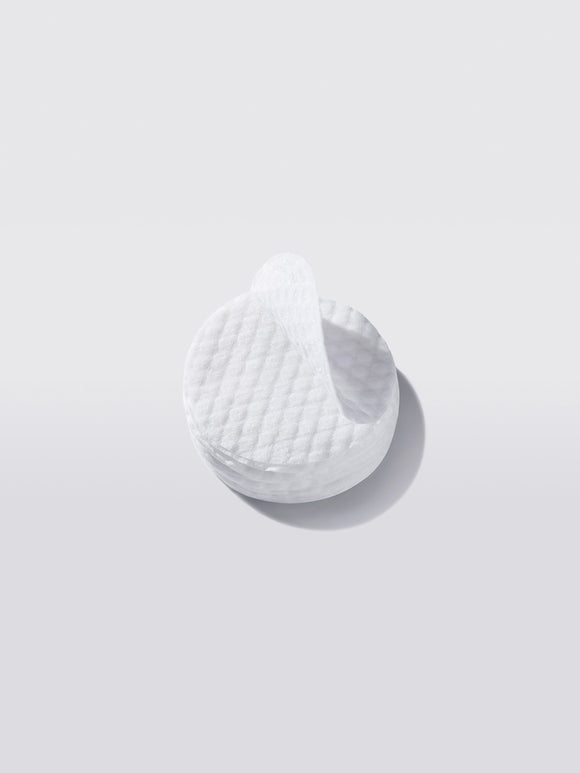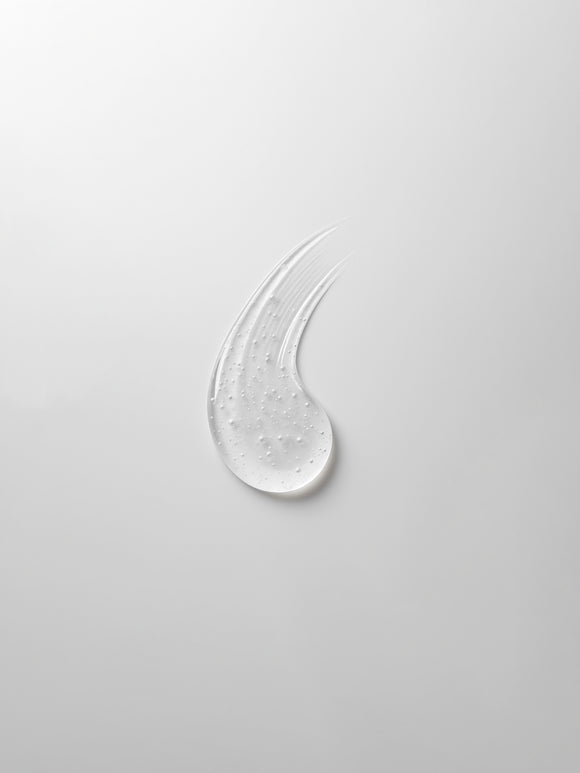
The Ultimate Guide to Treating Post-Inflammatory Hyperpigmentation
Post-acne dark marks can linger long after your pimple heals — here's what to do about it.Published:
2 minute read
Ever noticed those lingering dark spots after an acne breakout has waved its goodbye? That's post-inflammatory hyperpigmentation (or PIH) making its mark. According to dermatologist and SLMD Skincare founder Sandra Lee, MD (aka Dr. Pimple Popper), PIH is a very common — and manageable — skin concern. Here’s her guide to what causes post-inflammatory hyperpigmentation, and what you can do about it.
Article Quick Links
What causes post-inflammatory hyperpigmentation?
Think of PIH as the uninvited guest that overstays its welcome after an acne flare-up. It's the aftermath of those skin battles, where your skin, in its effort to heal, ends up producing extra melanin. This results in those stubborn dark patches that linger long after the pimple has healed.
It’s worth noting that while acne is the most common cause of PIH, other skin traumas can also lead to its development.
Dr. Pimple Popper's PIH Picks
What does PIH look like?
PIH has a way of showing up differently depending on your skin tone. Lighter skins might see it manifest as pink or red spots, often mistaken for post-inflammatory erythema (PIE). For those with darker skin tones, it appears as brown or black spots, a more conspicuous reminder due to the higher melanin content. Importantly, PIH is all about pigmentation, which sets it apart from other types of skin marks.
How is PIH different from acne scars or PIE?
People often confuse post-inflammatory hyperpigmentation with two other concerns that arise as acne heals: post-inflammatory erythema (PIE) and scarring. Here’s how to tell the difference:
- Post-inflammatory hyperpigmentation (PIH): darkened spots or patches with no textural changes; generally heals over time
- Acne scars: indentations or raised areas resulting from deeper skin damage during severe acne; typically permanent
- Post-inflammatory erythema (PIE): red or pink spots, particularly in lighter skin tones, caused by the skin's vascular response to inflammation; generally heals over time
How long does post-inflammatory hyperpigmentation last?
PIH can take its time to disappear — sometimes months or even years, depending on how deep the initial skin trauma was and your unique skin type. But with a consistent skincare routine and a bit of patience, you can help speed up this fading process.
Dr. Pimple Popper’s PIH treatment strategies
Addressing PIH is all about staying consistent with your skincare routine. The key is managing its primary trigger: acne. Effective skincare (including spot treatments) and avoiding pimple-popping help prevent these dark spots from forming. Beyond treating your acne, here are Dr. Lee’s top tips:
- Sun protection. A vital step in preventing PIH from worsening, sunscreen is your ally here!
- Topical treatments. Ingredients like kojic acid, glycolic acid, hydroquinone, niacinamide, and vitamin C can lighten PIH.
- Professional treatments. Options like chemical peels and laser therapy can fade PIH by removing the pigmented skin layer. Seek out an expert to avoid doing more damage.
- Retinoids. These vitamin A derivatives speed up skin cell renewal, aiding in the quicker fading of PIH.
SLMD Skincare to try: Acne System, AHA/BHA Swipes, Dark Spot Fix, Retinol Resurfacing Serum, Salicylic Acid Spot Treatment

Dr. Lee's Last Word
Post-acne hyperpigmentation is extremely common — but the good news is that it typically goes away in time. With the right mix of patience, protection, and effective skincare, you can help your dark spots fade faster.

























